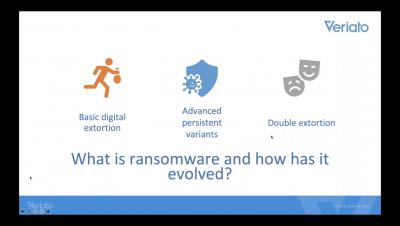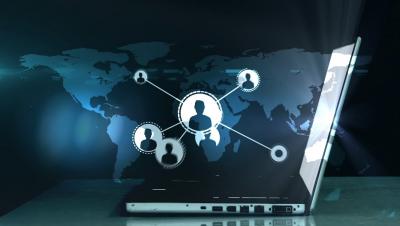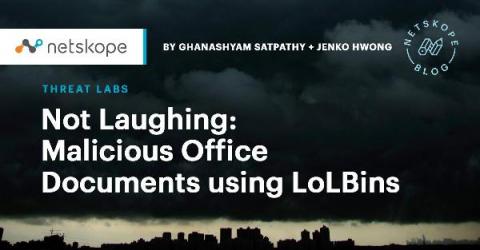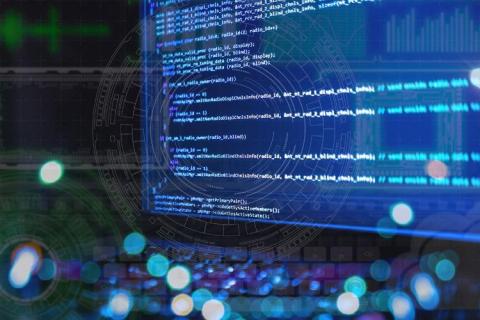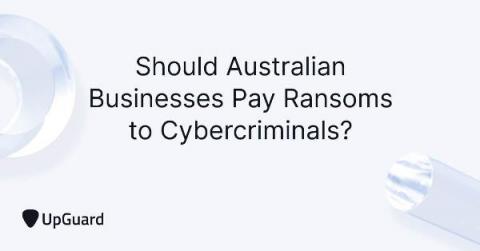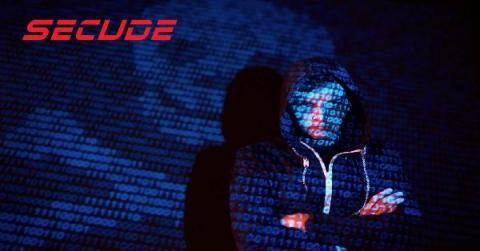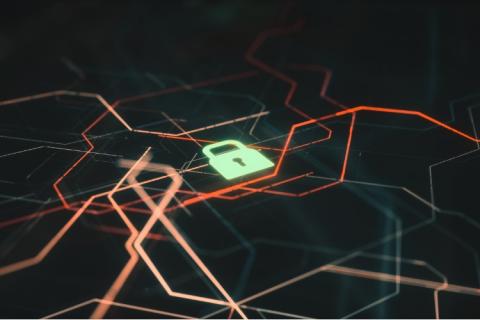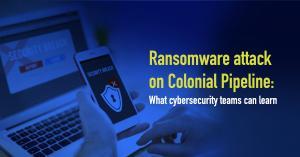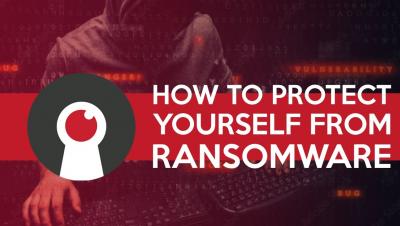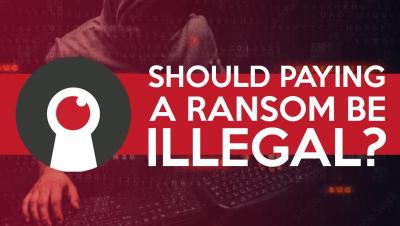Security | Threat Detection | Cyberattacks | DevSecOps | Compliance
June 2021
Yuba County Survived a Ransomware Attack and Lived to Tell the Tale
Estée Lauder Uses Rubrik to Manage and Protect Global Data at Scale
What If You Had Advance Notice of a Ransomware Attack?
One of the worst things about ransomware attacks isn’t just the mayhem they cause as your data is encrypted by criminals and your business is put on hold — it’s not knowing when they’ll happen. But what if you had some advance notice about the next cyberattack before it hit? What if you could find out if your data was up for bid on the dark web?
Not Laughing: Malicious Office Documents using LoLBins
Attackers have long used phishing emails with malicious Microsoft Office documents, often hosted in popular cloud apps like Box and Amazon S3 to increase the chances of a successful lure. The techniques being used with Office documents are continuing to evolve. In August – September of 2020, we analyzed samples that used advanced techniques like: In January 2021, we examined samples that use obfuscation and embedded XSL scripts to download payloads.
Secure Software Development: How to Check Your Code
Should Australian Businesses Pay Ransoms to Cybercriminals?
The Australian Cyber Security Center (ACSC) strongly advises against paying ransoms of any amount to cybercriminals. In some circumstances, these payments could even be illegal. The Australian government is tightening its cybersecurity regulations to align with the United State's new stance on nation-state threats. As a result, there have been significant changes to how Australian businesses are expected to respond to cyberattacks.
The Colonial Pipeline Ransomware Attack: The Fallout and Its Implications
How Much Damage a Ransomware Attack Can Cause
Phishing in New Waters: Exploiting Live Chat to Deliver Malware
Phishing schemes are always evolving. This past year, email thread hijacking took phishing to new depths of subterfuge as criminals hid in plain sight within existing conversations. But no matter how well cybercriminals have refined their messaging or counterfeited legitimate logos and branding, the one constant has always been their delivery method: email. Until now. Online chat services have become a new target for cybercriminals to introduce documents loaded with malware into organizations.
Darkside RaaS in Linux version
AT&T Alien Labs recently analyzed the Linux version of the Darkside ransomware, one of the most active ransomware in the last quarter. Shortly after hitting Colonial Pipeline, Darkside developers announced they would be closing operations.
The Colonial Pipeline ransomware attack: Lessons for cybersecurity teams
The recent ransomware attack on Colonial Pipeline is reportedly one of the most significant cyberattacks on the energy sector till date, and it has overwhelmed cybersecurity experts across the globe.
Ransomware prevention begins with securing your applications
Ransomware prevention measures such as securing your applications can help you avoid becoming the next target. Ransomware isn’t a new problem—not even close. It’s been around for more than 30 years. But like every element of technology, it has evolved. Instead of being an occasional expensive nuisance, it’s now a plague with existential implications for critical infrastructure—energy, transportation, food supply, water and sewer services, healthcare, and more.
Malware hosting domain Cyberium fanning out Mirai variants
AT&T Alien Labs has observed the Mirai variant botnet, known as Moobot, scanning for known but uncommon vulnerabilities in Tenda routers, resulting in a considerable peak in our internal telemetry. The research associated with this peak resulted in the discovery of a malware hosting domain, providing several different Mirai variants, like Moobot and Satori.
Ransomware is the biggest threat, says GCHQ cybersecurity chief
The head of the UK’s National Cyber Security Centre has warned that ransomware has become the biggest threat to British people and businesses. In a speech being given today by Lindy Cameron, chief executive of the NCSC, to the RUSI think tank, she highlights the need for ransomware problem to be taken seriously, and warns of the “cumulative effect” if society fails to properly deal with the rising threat.
How to Protect Yourself From Ransomware
JBS Ransomware Attack Started in March and Much Larger in Scope than Previously Identified
SecurityScorecard also found that 1 in 5 of the world’s food processing, production, and distribution companies rated have a known vulnerability in their exposed Internet assets
EO, EO, It's Off to Work We Go! (Protecting Against the Threat of Ransomware with Splunk)
On June 2nd, 2021, the White House released a memo from Anne Neuberger, Deputy Assistant to the President and Deputy National Security Advisor for Cyber and Emerging Technology. The subject? “What We Urge You To Do To Protect Against The Threat of Ransomware.” It outlines several recommendations on how to protect your organization from ransomware. The memo was a follow-up to President Biden’s May 12th Executive Order on Improving the Nation’s Cybersecurity Order (EO14028).
Ransomware and Energy and Utilities
The exponential growth of IoT devices in the energy and utilities industry has greatly increased focus on cybersecurity. Focus on cybersecurity across industries has increased recently, no doubt due to factors like COVID-19 forcing a jump in remote work. In 2020, we saw cybersecurity move from being a technical problem to a business issue.


